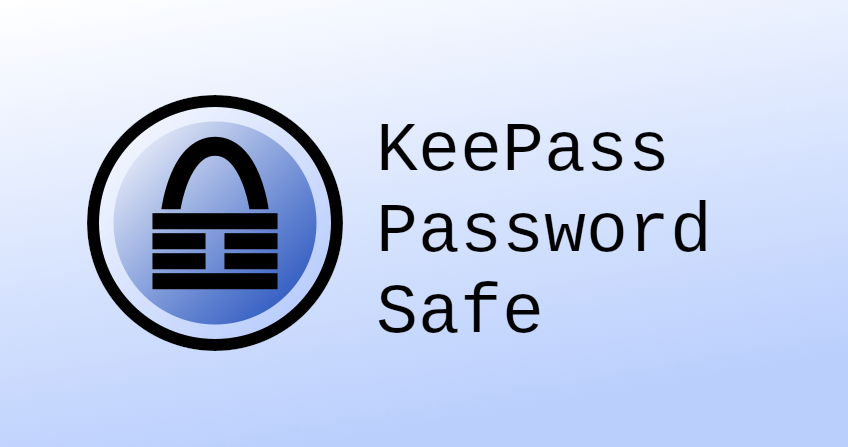Safety is a basic human need. We always make sure that our home is secure, install an alarm system, choose the most sophisticated locks and then… just set a 123456 password for our work email. Let’s find out together what this might result in, how to create a strong password, and where best to keep it.
Passwords are needed to protect information from unauthorised access. This is the same key to your home that is difficult to break into. We say difficult, not impossible, because any password can be cracked. All it takes is the desire to do it, and the hackers will have it when they find out there is good money to be made off your data. And to prevent this from happening, all you need to do is come up with a strong password.
According to the book Rock Breaks Scissors, every 100th password in the world is a combination like qwerty, password, 123456 or 12345678. And at the top of the charts is 123456. The password is so popular that it is used by over 2.5 million users, and it takes less than a second to crack it. But it’s not the only password that can be cracked in a second, so it is good to know all the signs of a weak password:
The password has less than 12 characters.
Your password is a simple word from the dictionary.
The password is a known word that can be easily picked up by associating it with your personal details.
You choose standard character combinations on the keyboard: 1234, 4321, qwerty and others.
The same login and password is used for all social networks and a dozen different websites.
A password is a variation of a company or brand name.
If you use your date of birth and other personal information.
If you suspect that your password is quite simple, then it’s so. Therefore, we strongly advise you to create it with the highest responsibility. And to help you understand the problem even more, just look at the methods cybercriminals use to crack passwords:
Guessing
It's simple – the hacker is trying to understand your logic in making up the password.
Dictionary attack
This type of attack can be combined with letter replacement or number/word substitution. Dictionaries typed in wrong keyboard layout (Russian words in English layout) are also used.
Rainbow Table Attack
It leaves no chance for owners of short passwords.
Sociotechnics and social engineering
We’d easily continue this list, but we’re sure you’re already in a hurry to change some of your passwords to more secure ones. And if so, a few of our tips will come in handy.
Your password must be long
It is said that the optimal number of characters is 12, but we recommend using 20-30.
Your password must be non-obvious
As we said above, you shouldn’t use personal information that is available to the public.
Each resource has its own password, which should be changed from time to time
The longer a password is used, the more likely it is that it’ll eventually be found out by those who shouldn't know it.
Your password must be private
If someone has known your password, change it as soon as possible.
Use both upper and lower case letters in the password
And don't forget to add numbers and special characters.
And if you can’t come up with a strong password yourself, use the password generator that’s built into a password manager. The good news is there are plenty of such managers available now.
Many users choose simple passwords because they don’t want to remember something more complicated. And if you recognise yourself here, we highly recommend paying attention to password managers.
A password manager is a program that stores all your passwords in encrypted form on remote servers or in a local secure folder. It’s like a safe deposit box in a bank, where you keep all your most precious stuff. And it’s simply indispensable if you don’t know how to create complex passwords and remember them.

If you think this is not the most secure way of storing passwords, you should know that managers use AES encryption with a key length of 256 bits. It’s almost impossible to hack such a key without the right master password. But you should do your best to remember it. There are numerous password managers from companies that have been involved in internet security for many years. For example, you may consider the following:
KeePass
1Password
LastPass
RememBear
Dashlane
Padloc
NordPass
Bitwarden
Kaspersky Password Manager
And let’s mention a few more simple tips that will help you protect your data from attackers:
Never reuse the same or similar passwords.
Don’t share passwords with other people: if you do need to share a password, change it as soon as possible after it.
Use two-factor authentication if possible: enabling two-factor authentication in your online accounts will greatly reduce the risk of hacking.
Don’t click on suspicious links you receive on various messengers or find in your email account.
Use a VPN service. This way you protect your data and also encounter fewer advertisements.
Install a reliable antivirus and try not to use public Wi-Fi networks.
Don't forget about regular updates of programs and apps on desktops and smartphones.
If you want to check the security of your passwords right now, you’re welcome to contact the OS.ECO specialists, who will be glad to take care of your cybersecurity.

Setting up a security and video surveillance systems
Service: Support for offices and any other locations

Opening a 200-employee office in two months instead of three
Service: Support for offices and any other locations

Recovering from a large-scale DDoS attack
Service: Cyber security and IT support